After the merger, Da Nang city has an area of over 11,859 square kilometers, a population of over 3 million people, is the largest centrally-run city, and has a lot of room for development.
However, many mountainous areas and communes in the west of the city still face difficulties and have underdeveloped economies . In the coming term, Da Nang aims to gradually develop synchronously in infrastructure and socio-economics to reduce the gap between the plains and mountainous areas.
Promoting the potential of mountainous areas
The Resolution of the 1st Congress of the Da Nang City Party Committee stated the task of promoting potentials and advantages and increasing investment in resources to develop the socio-economy of mountainous areas, narrowing the gap with the plain areas.
Tra Linh Commune is a mountainous commune of Da Nang City, about 210km from the city's administrative center with a total natural area of 158.19km2. The whole commune currently has 7 villages and 32 residential areas with a population of about 6,792 people.
The population is mainly Xo Dang and Ca Dong ethnic groups who are always conscious of protecting natural resources and imbued with national cultural identity.
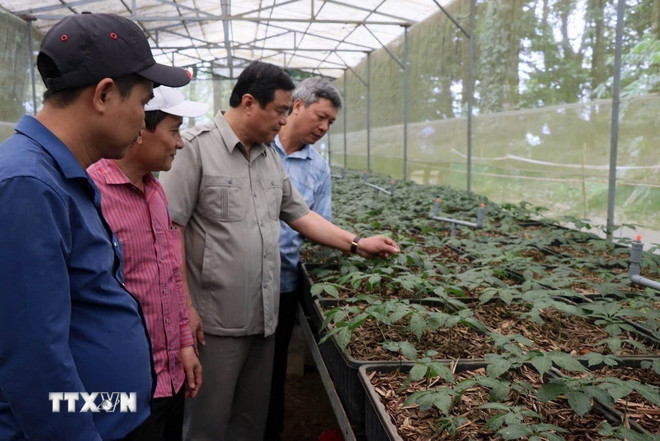
Ms. Ho Thi Minh Thuan, Party Secretary and Chairwoman of the People's Council of Tra Linh commune, said that the locality is aiming to become a leading center for production, processing, research and conservation of medicinal herbs in the Central Highlands.
The whole commune has 671.86 hectares of forest developing Ngoc Linh ginseng material area; in which, more than 300 households and 14 enterprises participate in ginseng cultivation. Ngoc Linh ginseng output annually reaches about 100 tons, in the context of increasing domestic and international market demand, opening up the potential for sustainable economic development for Tra Linh commune in the future.
To develop Tra Linh commune into a medicinal plant industry center with Ngoc Linh ginseng as the main ingredient, Ms. Ho Thi Minh Thuan suggested that Da Nang city issue specific policies and mechanisms for the locality. In particular, the city should increase investment resources to develop infrastructure for transportation, irrigation, electricity, telecommunications as well as a system of facilities for research, preservation and processing of medicinal plants, especially Ngoc Linh ginseng.
The city established and developed the Western Danang Biological-Medicinal Industrial Park, becoming a center for processing, researching, and preserving Ngoc Linh ginseng genes and precious medicinal herbs with a modern infrastructure system and advanced technology.
Da Nang continues to create favorable conditions to attract investment in the fields of cultivation, processing, research and conservation of precious medicinal plant genetic resources.
Tay Giang commune is located more than 120km west of Da Nang city center, with a natural area of more than 400km2; over 9,063 people with more than 90% of the population being Co Tu ethnic people. The commune has more than 20km of land border adjacent to Laos.
To develop the local economy, Party Secretary and Chairman of the People's Council of Tay Giang Commune, Bhling Mia, proposed that the city continue to promote investment support to complete the infrastructure of the Aro Industrial Cluster, Tay Giang Commune, to exploit and process wood, and cultivate forest products and medicinal herbs.
The city creates conditions for localities to participate in the carbon credit market, both contributing to protecting the ecological environment and opening up a direction for green and sustainable economic development for mountainous border areas.
Reduce the gap between the mountains and the plains
Party Secretary and Chairman of the People's Council of Tay Giang Commune, Bhling Mia, said that the locality still faces many difficulties in infrastructure, unsustainable infrastructure, and frequent natural disasters and storms and floods.
In the area, 2/23 villages do not have mobile signal, 8/23 villages do not have fixed internet infrastructure, causing difficulties in direction, operation, communication, application of information technology, and digital transformation in the community.
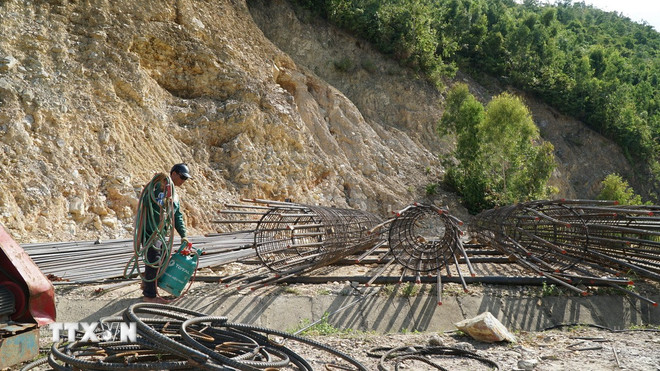
Based on the above reality, the locality recommends that the city continue to invest in telecommunications and traffic infrastructure systems, in which priority is given to upgrading road 14G from Tuy Loan to Prao town and DT 606 route from the center of Avuong commune to the Tay Giang-Ka Lum sub-border gate in Hung Son commune to shorten the distance, creating favorable conditions for trade of goods between the Western region and the city center.
Da Nang promotes investment in infrastructure to meet the needs of mountainous people, especially in health care, education and communication.
Director of the Department of Construction of Da Nang City Nguyen Ha Nam said that in the mountainous communes in the west of the city, difficulties in infrastructure connection are the basic weakness, leading to many other difficulties.
Therefore, the city has determined to focus on investing in complete, synchronous and smooth traffic infrastructure to solve the problem of economic development in mountainous areas.
Specifically, from now until 2030, Da Nang will focus on investing, upgrading and completing the connecting axes of the East and West regions. The city will form development corridors and urbanization corridors, including 3 main axes: Axis 1 (Route 40B, DT617 to connect the Southern communes and wards to the Central Highlands); Axis 2 (National Highway 14E, National Highway 14H connecting coastal communes and wards with the Western region); Axis 3 (including National Highway 14G, National Highway 14B, National Highway 14D connecting the administrative center of Da Nang city with the Western region) to exploit 2 international gateways (including: Nam Giang Border Gate and Tay Giang Sub-Border Gate).
In addition to promoting infrastructure connectivity, recently, the Da Nang City Party Committee has had a creative solution of implementing twinning between communes and wards in the area to support each other in comprehensive development and improve the quality of people's lives.
Each commune and ward in the plains is twinned with a commune in a mountainous, remote, border, or island area; supporting economic development while maximizing the potential, advantages, and characteristics of each locality; taking turns sending specialized officials, civil servants, and public employees to support and provide professional guidance to mountainous, remote, and island communes.
According to Tam Ky Ward Party Secretary Nguyen Thi Thu Lan, the ward has established a twinning relationship with the mountainous commune of Tra Tap; focusing on exchanging, supporting, and transferring experience and expertise in Party building and State management.
Among them, the focus is on the ward's strengths such as: digital transformation, information technology, and activities of the Public Administration Service Center.
Right at the twinning ceremony, Tam Ky ward called on local philanthropists to participate in donating and supporting 150 million VND to help overcome difficulties of people, poor households, and policy families in Tra Tap commune.
In the long term, the ward continues to call on and mobilize businesses and investors to pay attention and invest in economic development for Tra Tap commune in the coming time./.
Lesson 1: Building a strong government apparatus as a foundation
Lesson 2: Economic development in accordance with the new situation
Lesson 4: Improving people's quality of life
Source: https://www.vietnamplus.vn/bai-3-phat-trien-dong-bo-ket-noi-ha-tang-post1069619.vnp




![[Photo] General Secretary attends the parade to celebrate the 80th anniversary of the founding of the Korean Workers' Party](https://vphoto.vietnam.vn/thumb/1200x675/vietnam/resource/IMAGE/2025/10/11/1760150039564_vna-potal-tong-bi-thu-du-le-duyet-binh-ky-niem-80-nam-thanh-lap-dang-lao-dong-trieu-tien-8331994-jpg.webp)
![[Photo] Ho Chi Minh City is brilliant with flags and flowers on the eve of the 1st Party Congress, term 2025-2030](https://vphoto.vietnam.vn/thumb/1200x675/vietnam/resource/IMAGE/2025/10/10/1760102923219_ndo_br_thiet-ke-chua-co-ten-43-png.webp)
![[Photo] Opening of the World Cultural Festival in Hanoi](https://vphoto.vietnam.vn/thumb/1200x675/vietnam/resource/IMAGE/2025/10/10/1760113426728_ndo_br_lehoi-khaimac-jpg.webp)


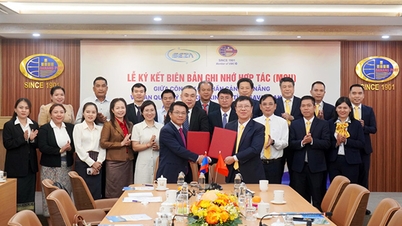

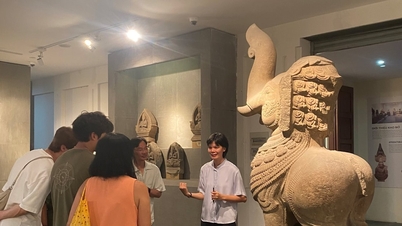

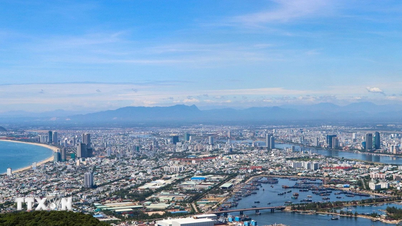
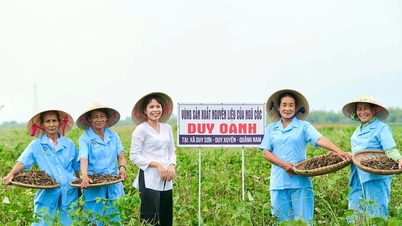

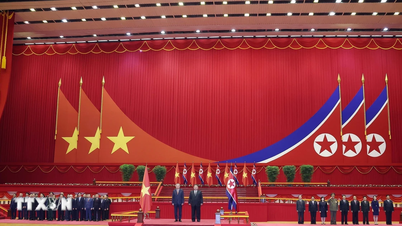
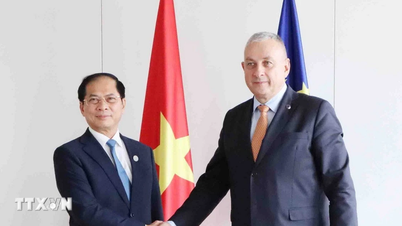
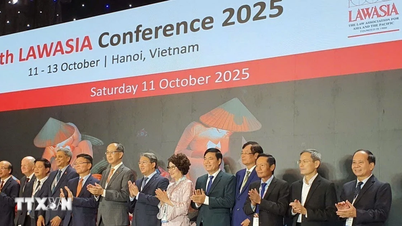


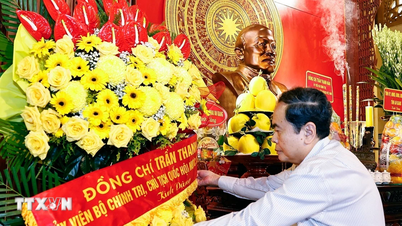
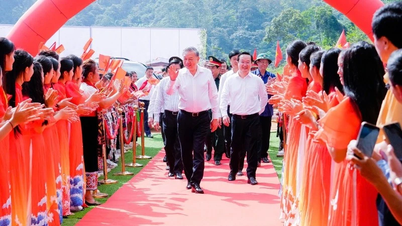





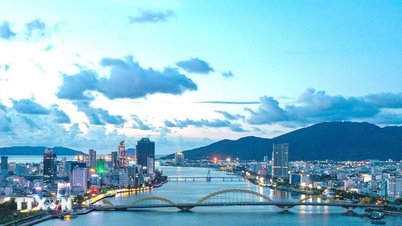
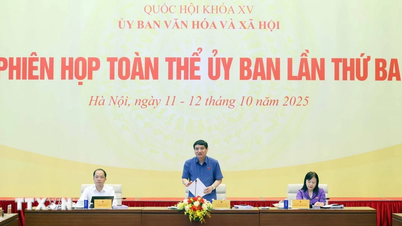
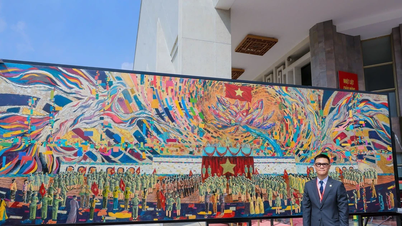

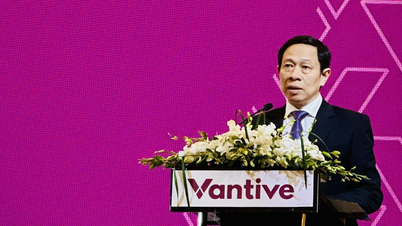
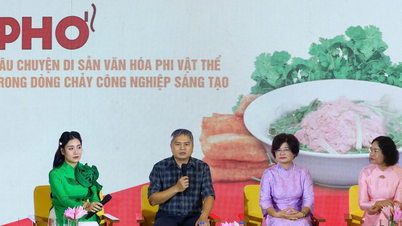































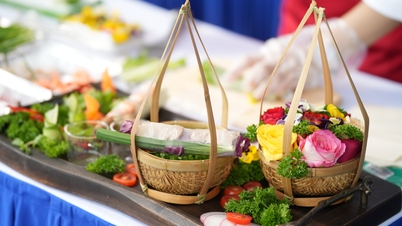
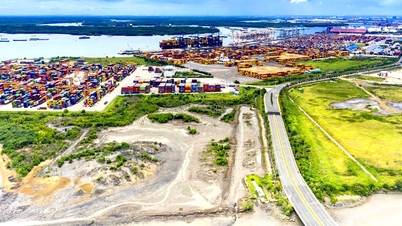
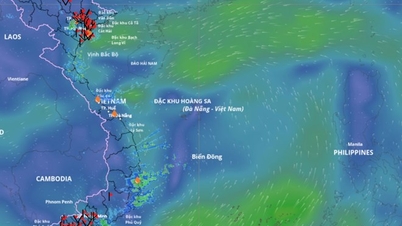


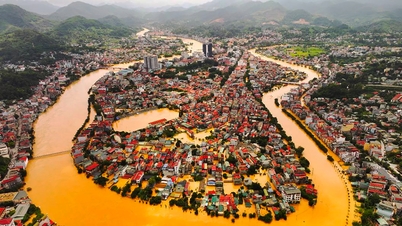




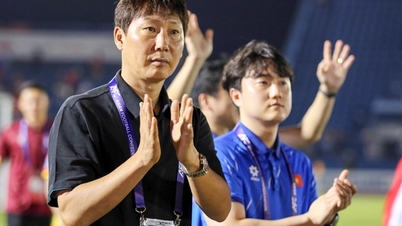

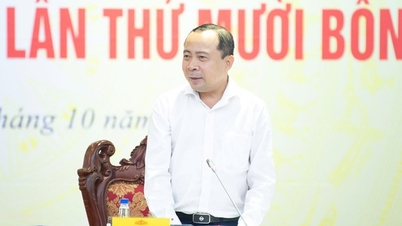


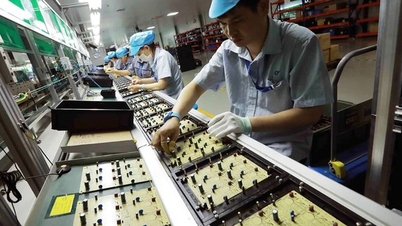
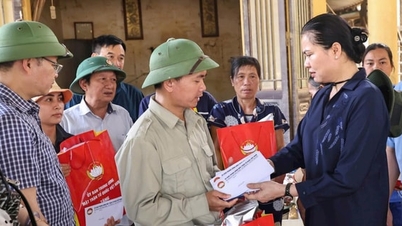





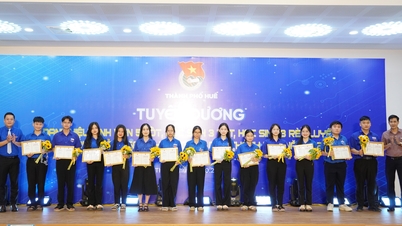

















Comment (0)